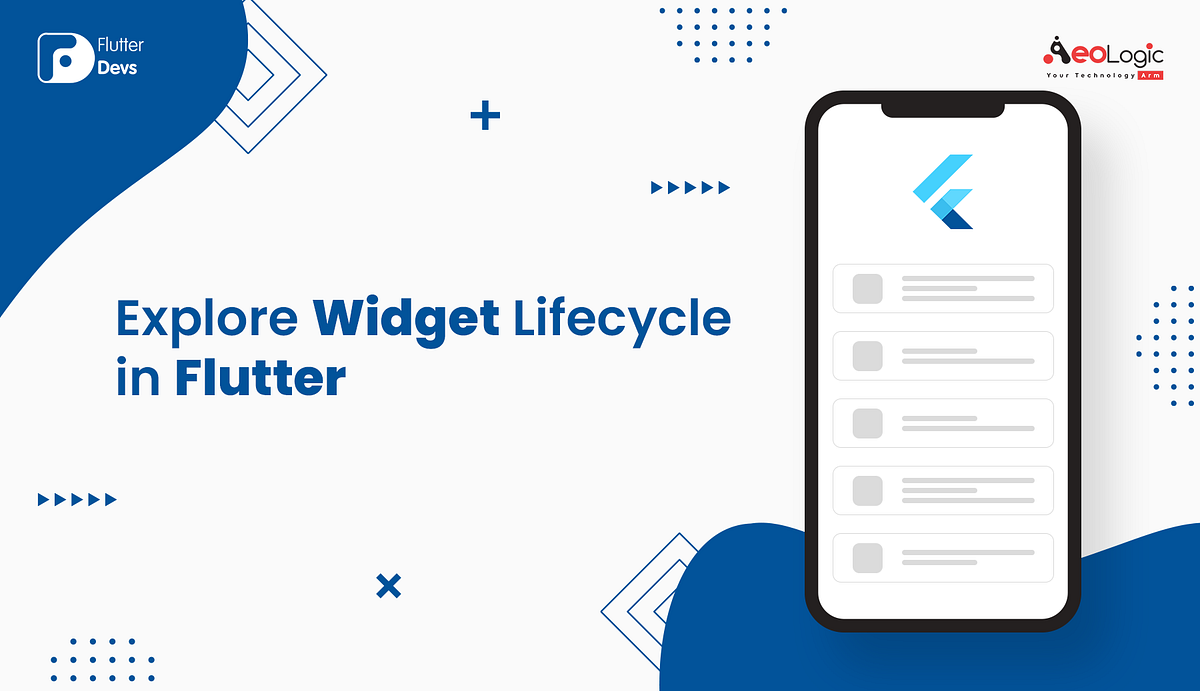Flutter is a mobile framework that helps to modernize both iOS and Android app from a single codebase. It is a combination of stateful and stateless widgets. Like all frameworks, Flutter also has a lifecycle associated with all the apps that our Flutter app uses. is managed by lifecycle In this article, we will take a look at different types of apps available in the flutter app, lifecycle.
In this article, we will explore the Widget Lifecycle in Flutter. We will also implement a Widget Lifecycle demo, describe its properties, and use them in your flutter applications. So let’s get started.
Table of Contents :
Flutter
Widget Lifecycle
Widget Lifecycle Method
Code Implementation
Code File
Conclusion
Flutter :
“ Flutter is Google’s UI toolkit that helps you build beautiful and natively combined applications for mobile, web, and desktop in a single codebase in record time, Flutter offers great developer tools, with amazing hot reload”
Widget Lifecycle :
Everything in Flutter is a Widget, so before knowing about Lifecycle, we should know about Widgets in Flutter.
There are two types of widgets in Flutter.
- Stateless Widgets.
- Stateful Widgets.
Before knowing about the Lifecycle, we need to understand the difference between the two widgets.
=> Stateless Widgets: Stateless Widgets in Flutter are those widgets whose state once created cannot be changed, it becomes immutable like on variables, buttons, icons, etc., or any state that cannot be changed on the app to retrieve data. Returns a widget by overwriting the build method. We use it when the UI relies on the information inside the object itself.
#flutter-widget #dart #lifecycle-methods #flutter
